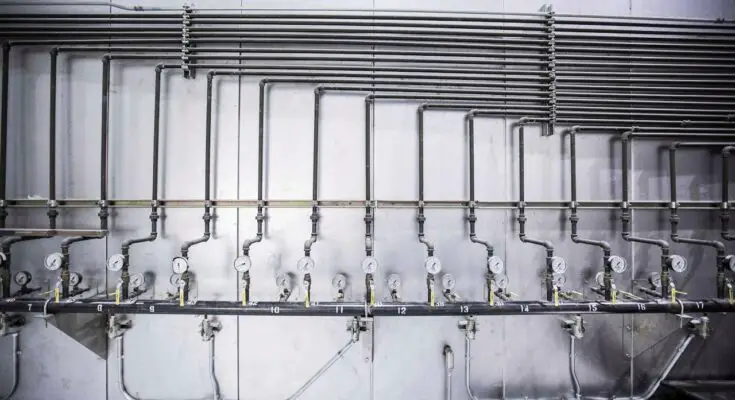A plumbing emergency at your business headquarters can disrupt operations, damage property, and inconvenience employees and customers. It’s crucial to take prompt and proper action to address the emergency effectively and minimize its impact on your business. This guide outlines essential steps to follow after a plumbing emergency occurs at your business headquarters, ensuring a swift and efficient resolution to the situation.
1. Shut Off the Water Supply
In the case of a plumbing emergency at your company’s headquarters, the first thing you should do is locate and switch off the main water supply. The severity of the emergency scenario may be mitigated by taking this step, which increases the likelihood of avoiding water damage and flooding. You may find the main shut-off valve at the water meter or where the main water line enters the building. Find its position. In order to minimize damage and reaction time in the case of an emergency, it is important to teach employees how to switch off the water supply.
2. Assess the Severity of the Situation
After shutting off the water supply, assess the severity of the plumbing emergency to determine the appropriate course of action. Evaluate the extent of water damage, identify the problem’s source, and assess the risk of potential hazards such as electrical issues or structural damage. If the situation poses immediate safety risks or requires professional expertise, contact a licensed plumber or emergency restoration service provider for assistance. Gathering relevant information and assessing the situation comprehensively allows you to formulate an effective response plan and prioritize necessary actions.
3. Control Water Damage
Once you’ve assessed the severity of the plumbing emergency, take measures to control water damage and minimize its impact on your business headquarters. Use towels, mops, or buckets to soak up standing water and prevent it from spreading to other areas. Deploy water extraction equipment such as wet vacuums or pumps to remove excess water efficiently. Implementing containment measures such as barriers or sandbags can help prevent water from seeping into sensitive areas or causing further damage. Promptly addressing water damage is crucial for preserving property integrity, minimizing business disruption, and mitigating potential health hazards associated with mold and mildew growth.
4. Communicate with Stakeholders
During a plumbing emergency, effective communication with stakeholders is essential for coordinating response efforts and managing expectations. Notify employees, tenants, and relevant stakeholders about the situation and any temporary disruptions to business operations. Provide clear instructions on safety protocols, evacuation procedures, and alternate arrangements for workspace or services if necessary. Keep stakeholders informed of updates and progress in resolving the plumbing emergency to maintain transparency and alleviate concerns. Open lines of communication foster trust and cooperation among stakeholders, facilitating a coordinated response to the emergency.
5. Schedule Repairs and Preventive Maintenance
Following a plumbing emergency at your business headquarters, it’s crucial to promptly schedule repairs and preventive maintenance to mitigate the risk of future incidents. Engaging commercial water damage restoration professionals ensures that the affected areas are thoroughly assessed and repaired, addressing any underlying issues that can have contributed to the emergency. Through proactive maintenance strategies implemented by these experts, such as regular inspections and plumbing system upgrades, businesses can minimize the likelihood of future plumbing emergencies and associated water damage. By prioritizing preventive measures alongside immediate repairs, businesses can safeguard their premises, assets, and operations from the disruptive effects of plumbing emergencies, enhancing resilience and continuity. Collaborating with reputable water damage restoration services empowers businesses to maintain a safe, functional, and resilient environment for their employees and customers, fostering long-term success and prosperity.
Conclusion
In conclusion, responding to a plumbing emergency at your business headquarters requires swift action, clear communication, and proactive measures to mitigate damage and restore functionality. By shutting off the water supply, assessing the severity of the situation, controlling water damage, communicating with stakeholders, and scheduling repairs and preventive maintenance, you can effectively manage plumbing emergencies and minimize their impact on your business operations. Taking proactive steps to address plumbing issues demonstrates your commitment to maintaining a safe and functional workplace environment for employees and customers. Prioritizing prompt response and preventive measures helps safeguard your business headquarters against future plumbing emergencies and ensures business continuity in the face of unforeseen challenges.



